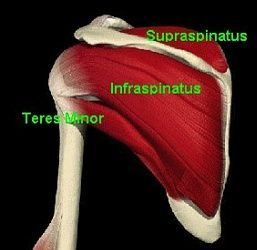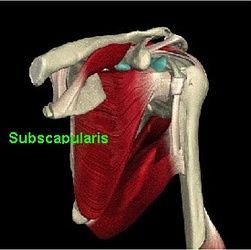Rotator cuff repair
Arthroscopic rotator cuff repair
Definition and indications
The shoulder is the most mobile joint in the body. The rotator cuff is considered to be the engine of the shoulder and consists of:
- The supraspinatus tendon
- The infraspinatus tendon
- The subscapularis tendon
- The teres minor
When the rotator cuff tendons are damaged, shoulder mobilisation is painful with frequent nocturnal pain and loss of strength.
Sequence and length of hospital stay
People are hospitalised on the day of the operation .
The operation is carried out with interscalene catheter placement, more or less under general anaesthesia.
The procedure lasts around 1h30 and is done with shoulder arthroscopy, which uses 3 to 6 small 5-mm-sized incisions.
On the first post-operative day, patients start the programme of
physiotherapy twice daily.
The interscalene catheter will be gradually removed.
The hospital stay is 3 nights / 4 days.
On returning home:
Change of dressings twice a week at the surgery of the
treating physician
or at the outpatient clinic.
Outpatient physiotherapy twice a week.
Removal of the stitches 15 days after the operation at the surgery of the treating physician or at the outpatient clinic.
Next check-up at Dr Steve Brenn's surgery is 6 weeks
postoperatively.
Result
The rate of healing from a rotator cuff repair varies with age.
More than 90% of patients under 55 and more than 70% in patients over 65.
The main aim is to
relieve the pain and improve function.
Surgical risk
Infection: less than 0.5%
Stiffness: gentle physiotherapy or cessation of physiotherapy can help the treatment.
Surgical technique
Practical information
Avenue de Servan 10
1006 Lausanne
- Mon - Fri
- - -
- Sat - Sun
- Closed








